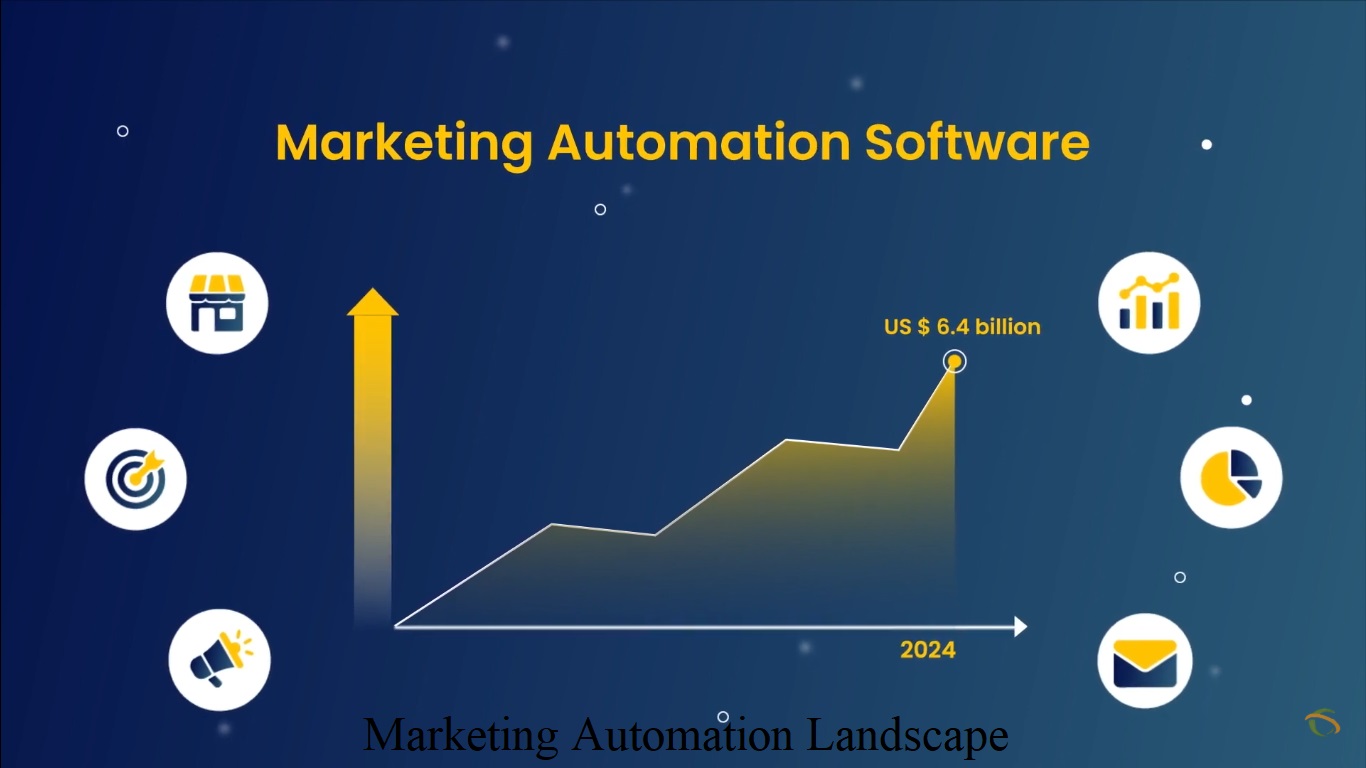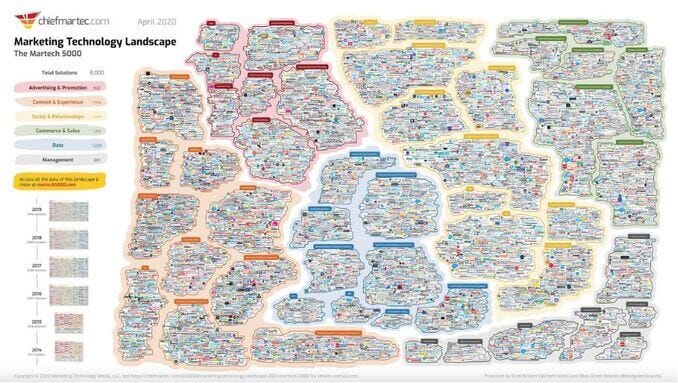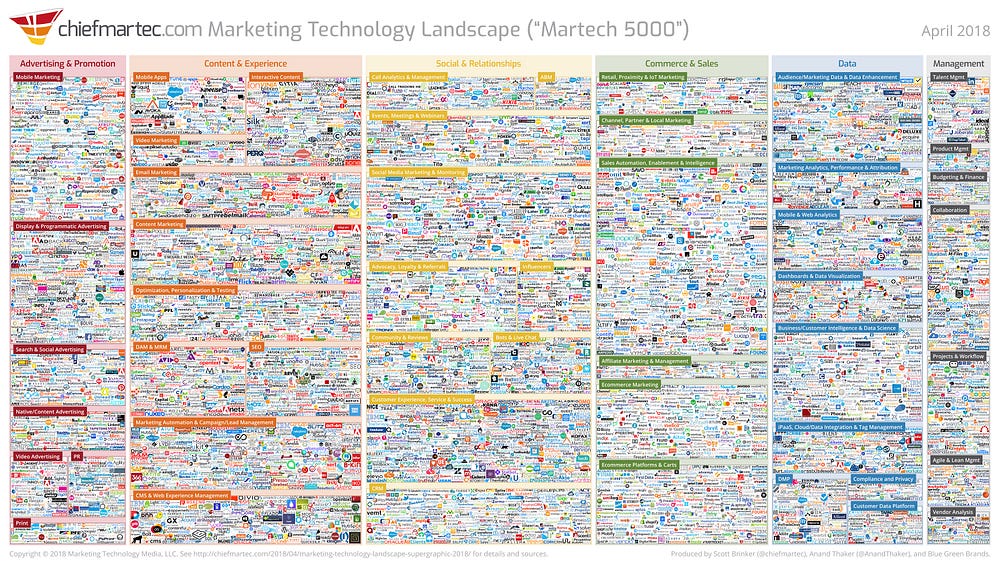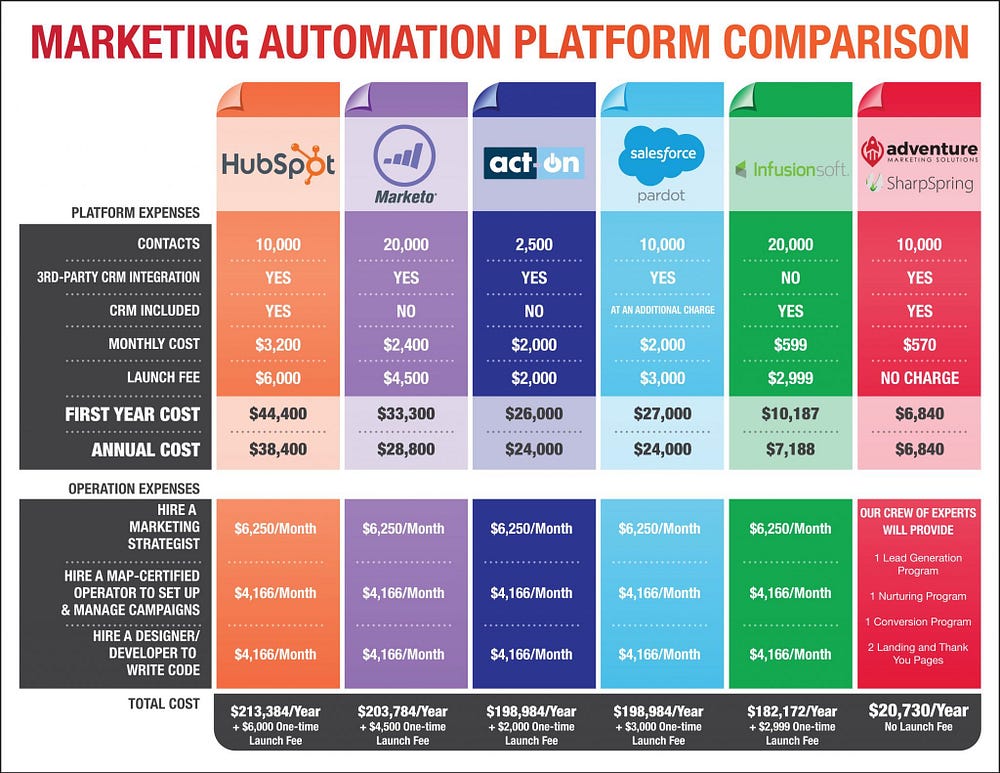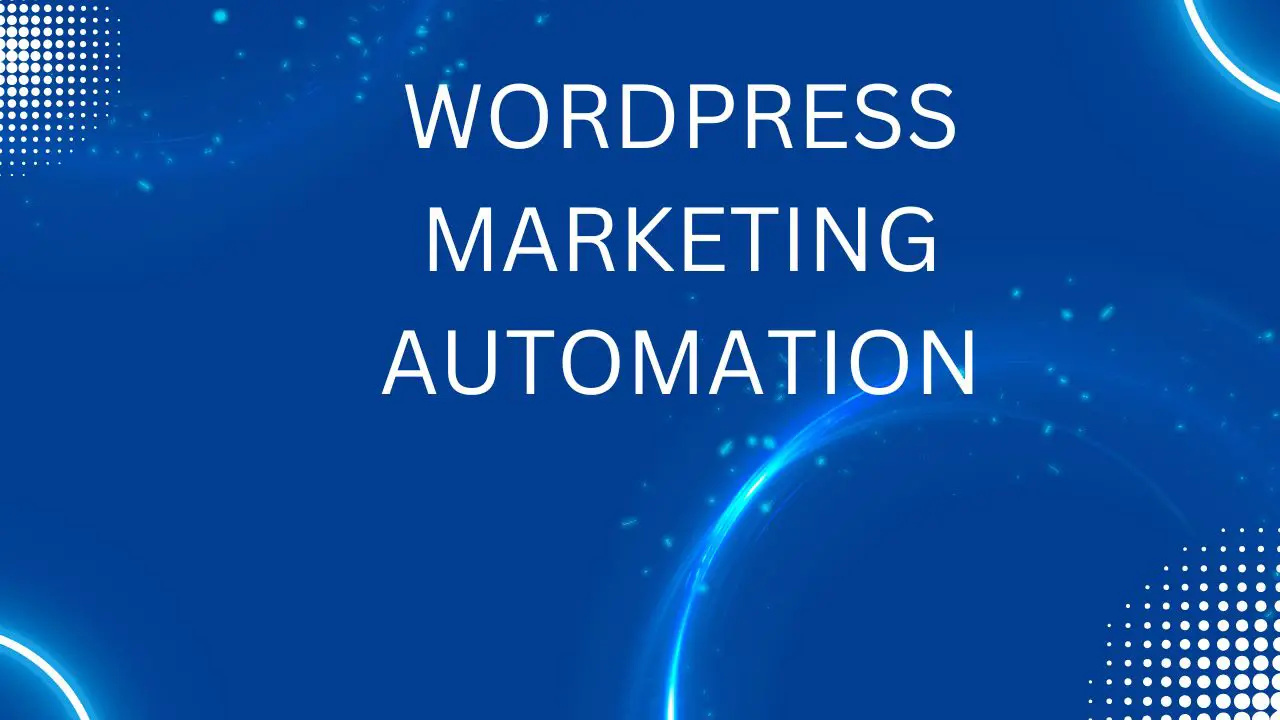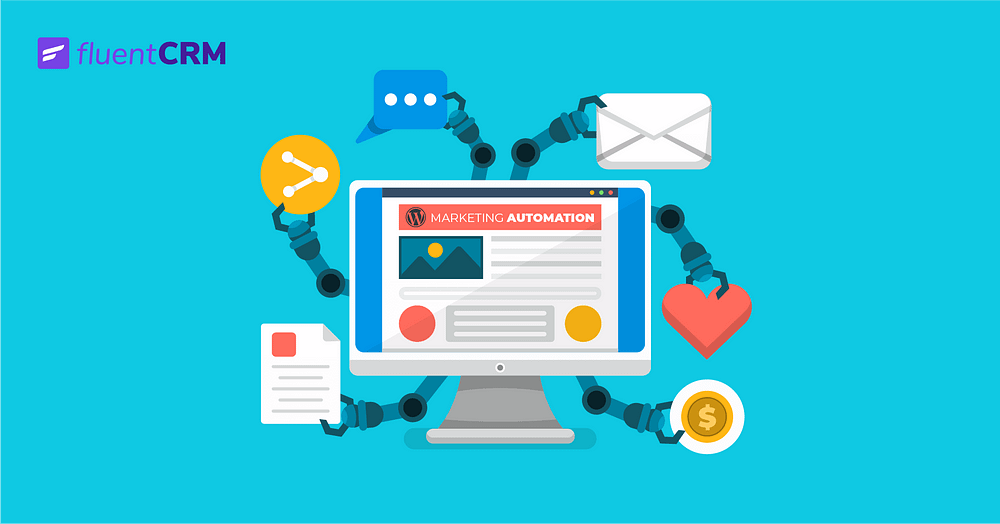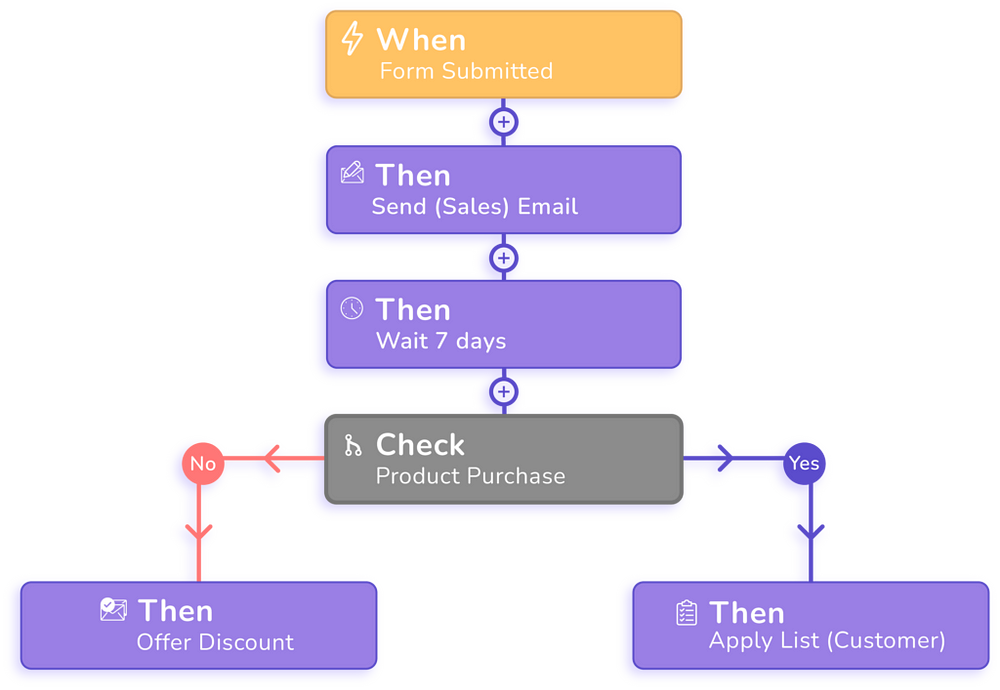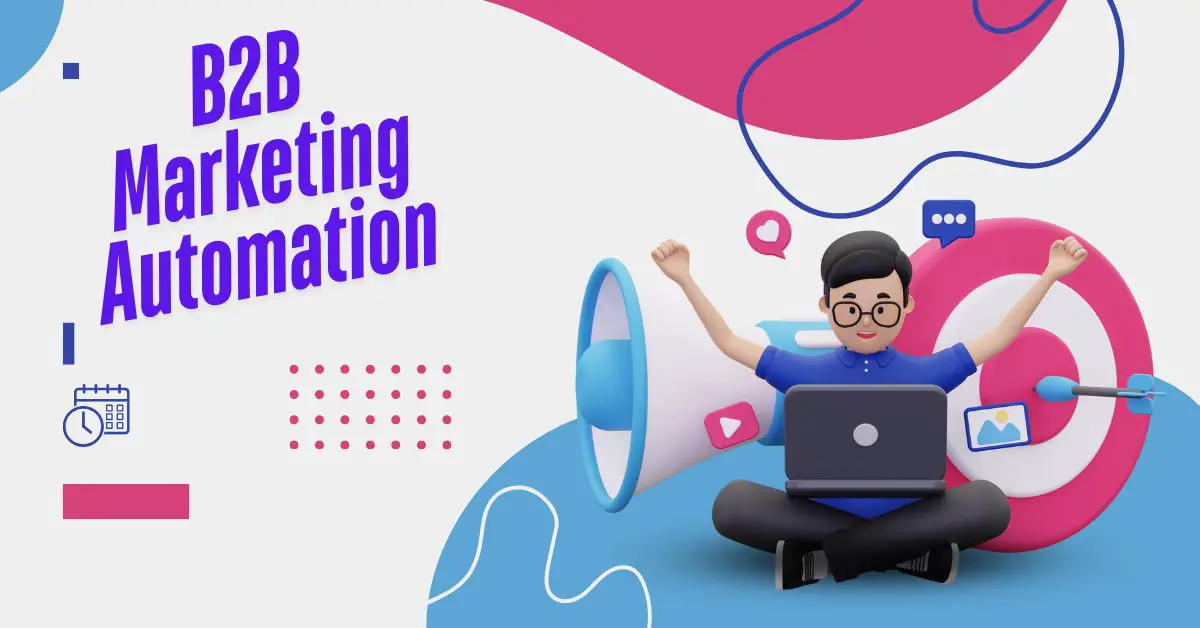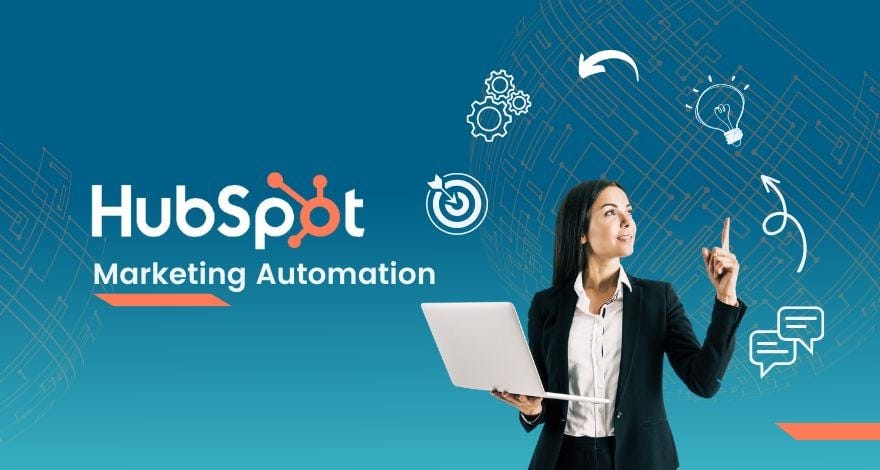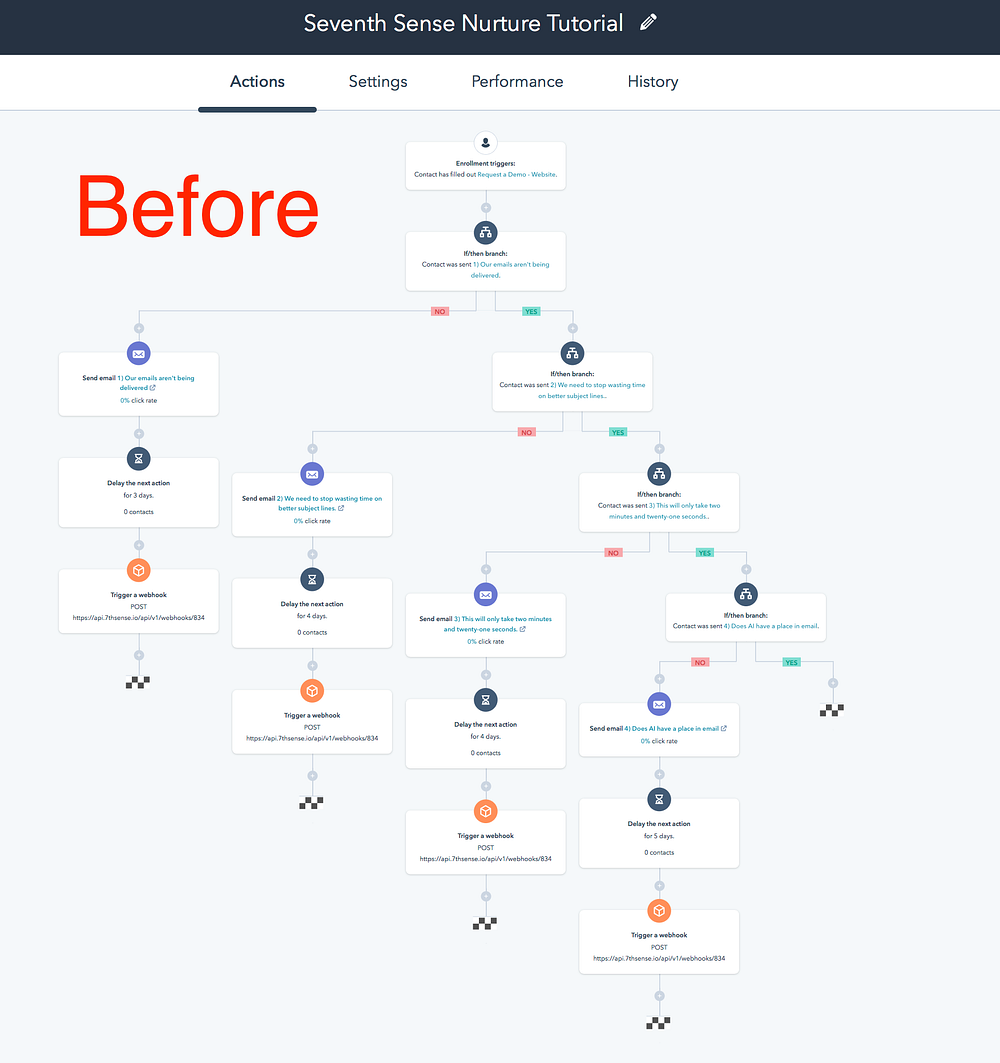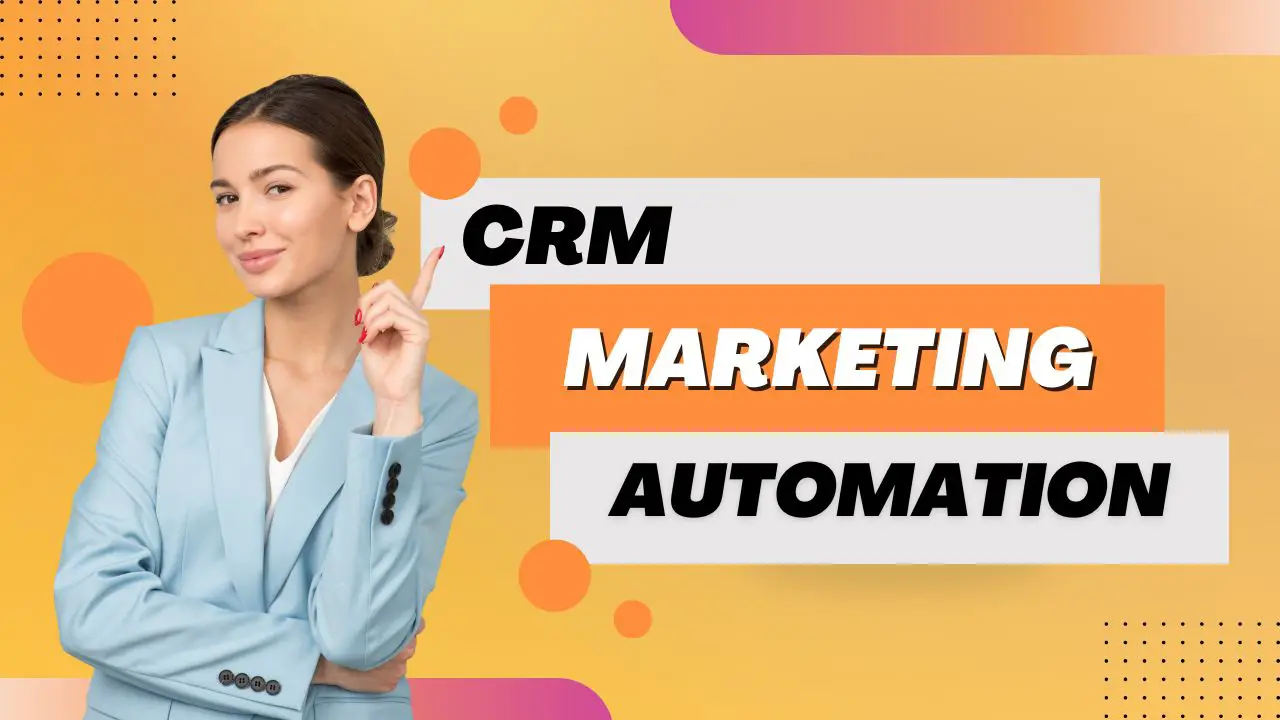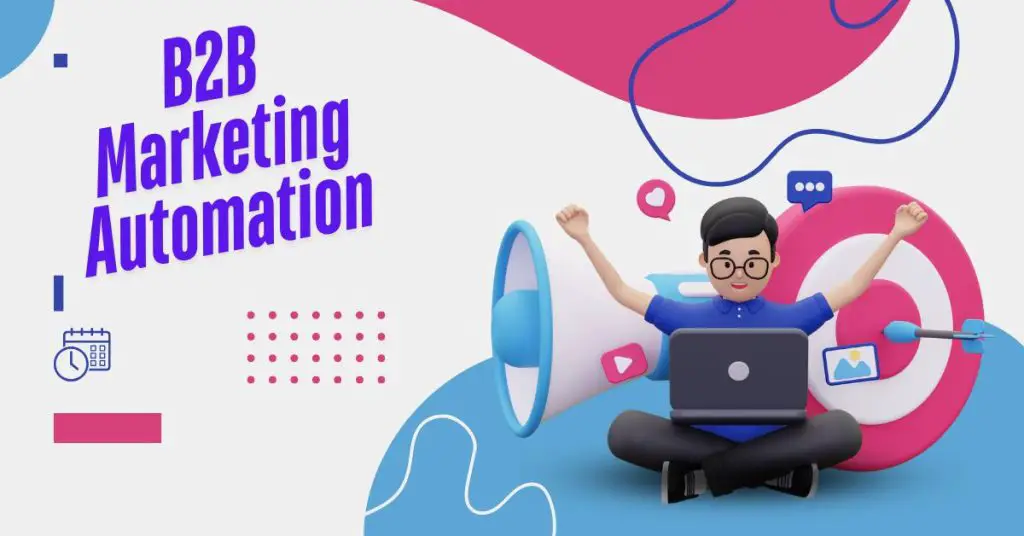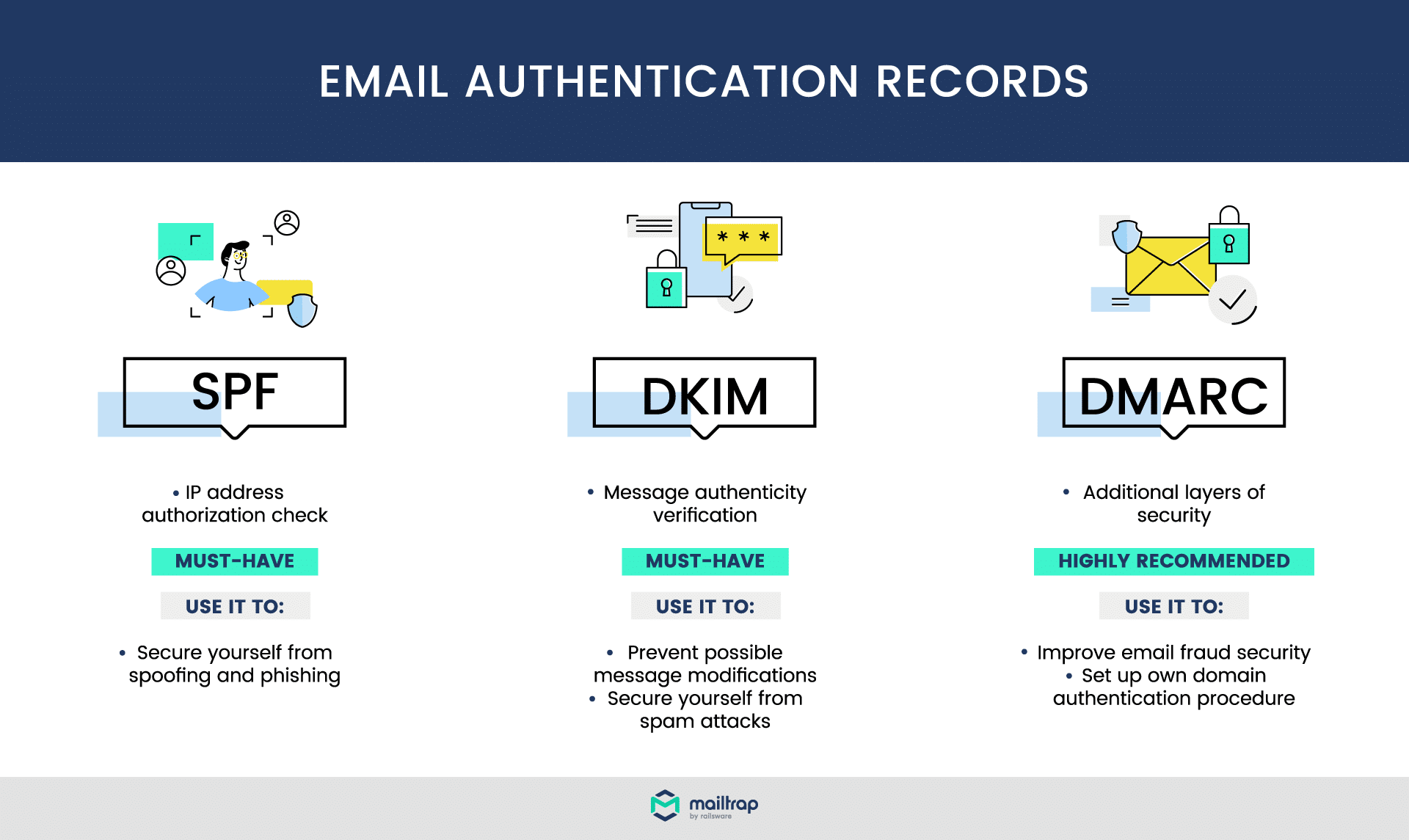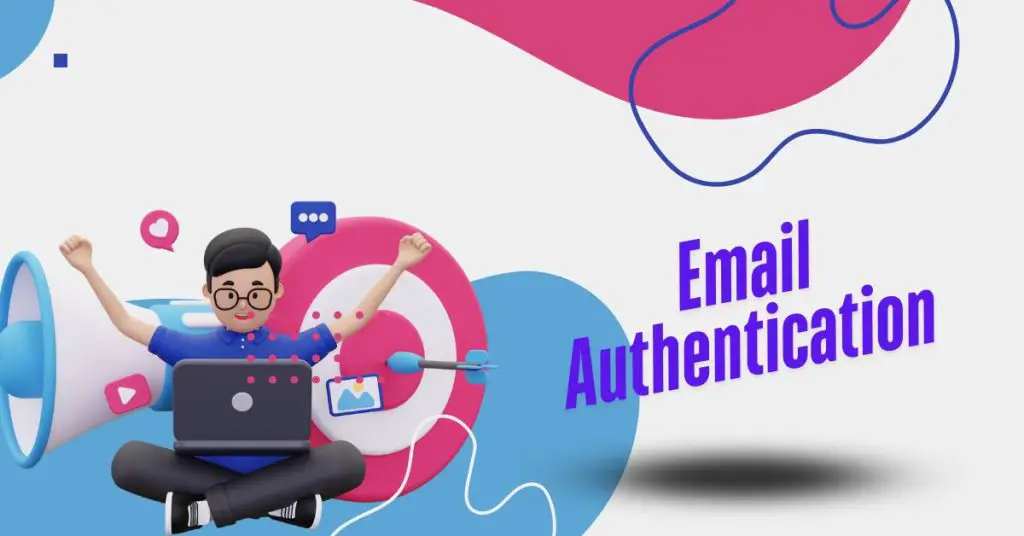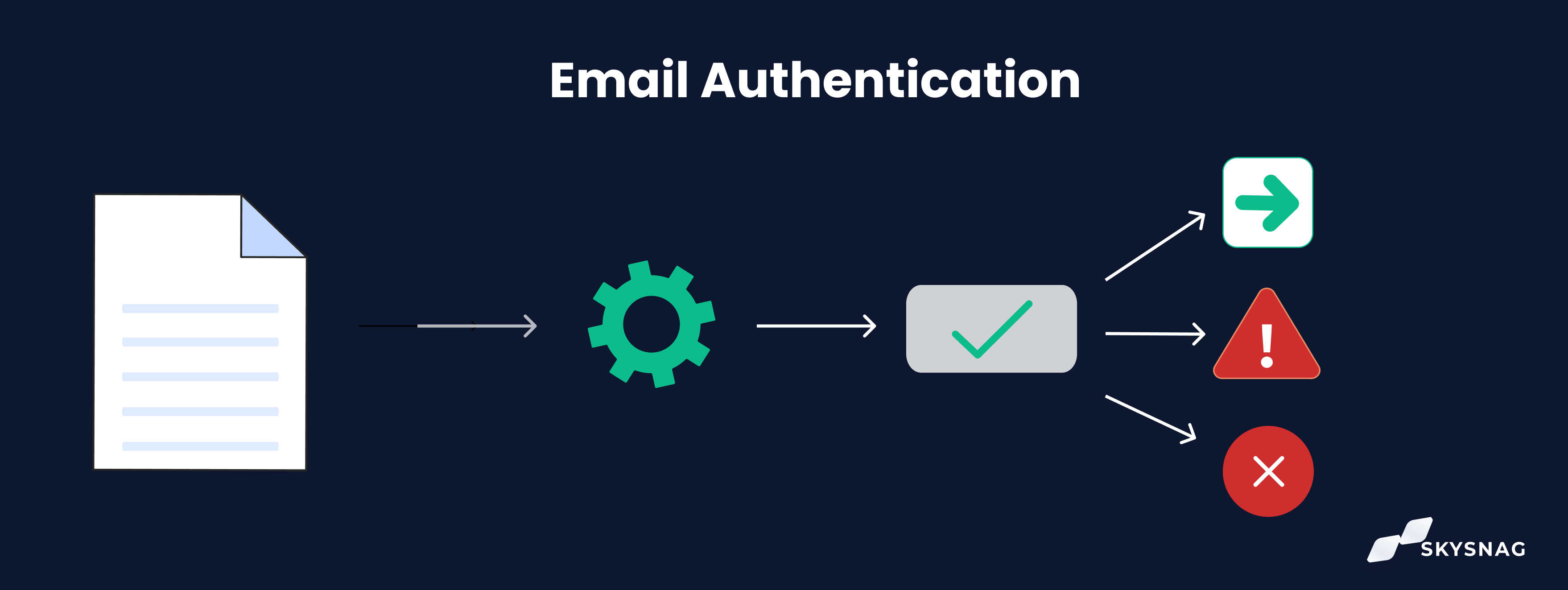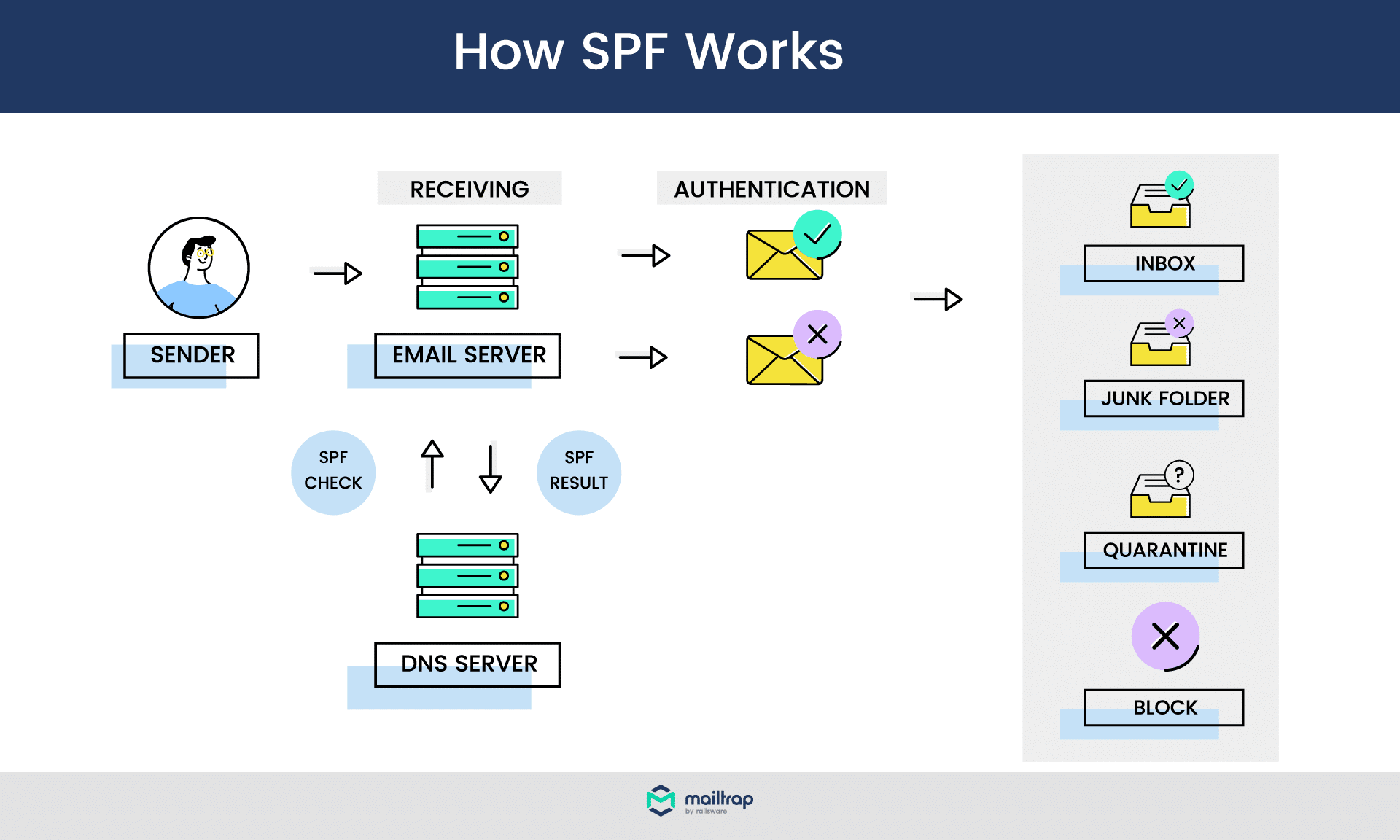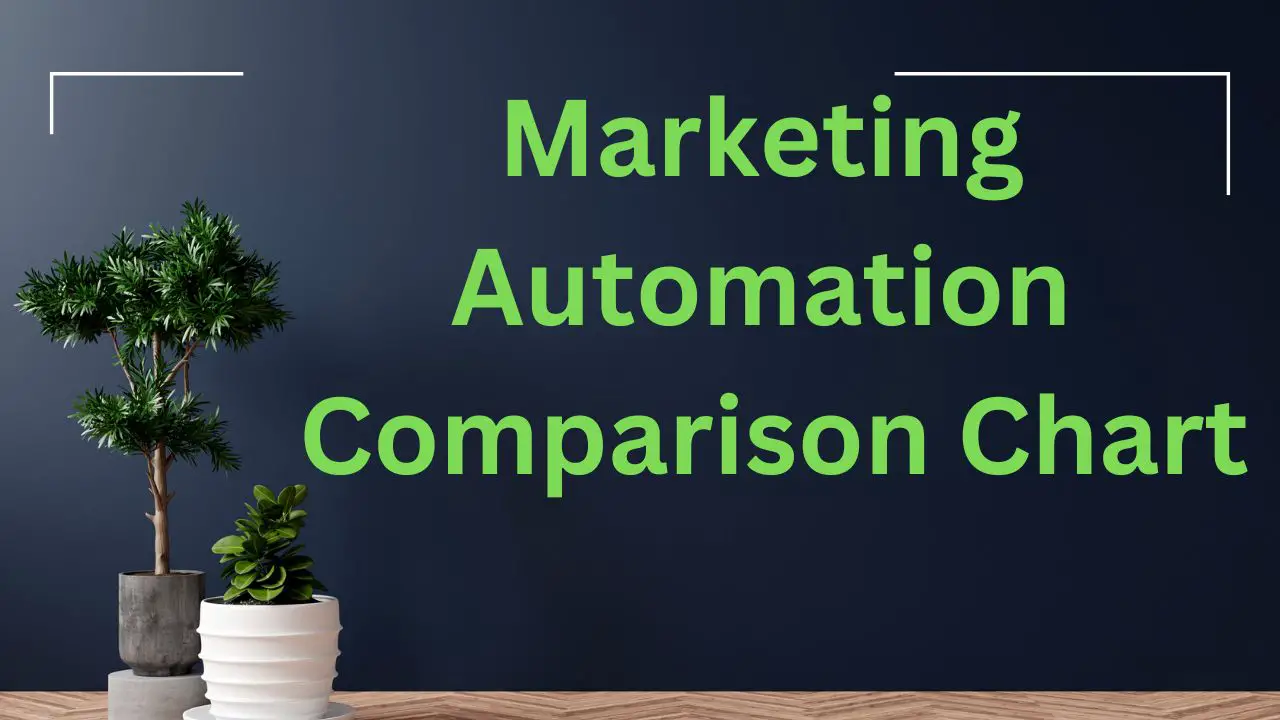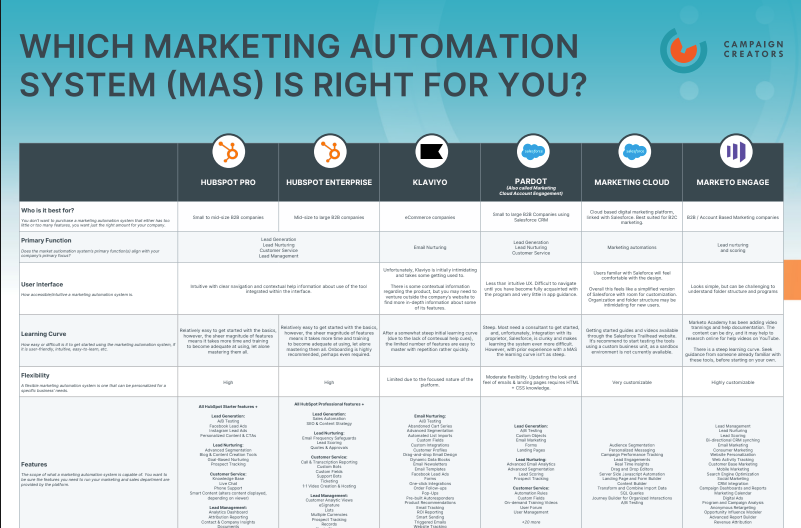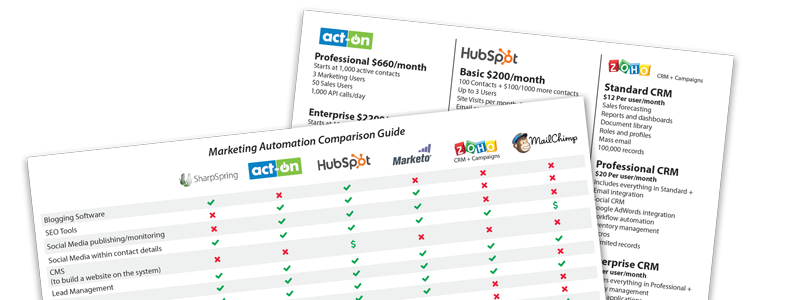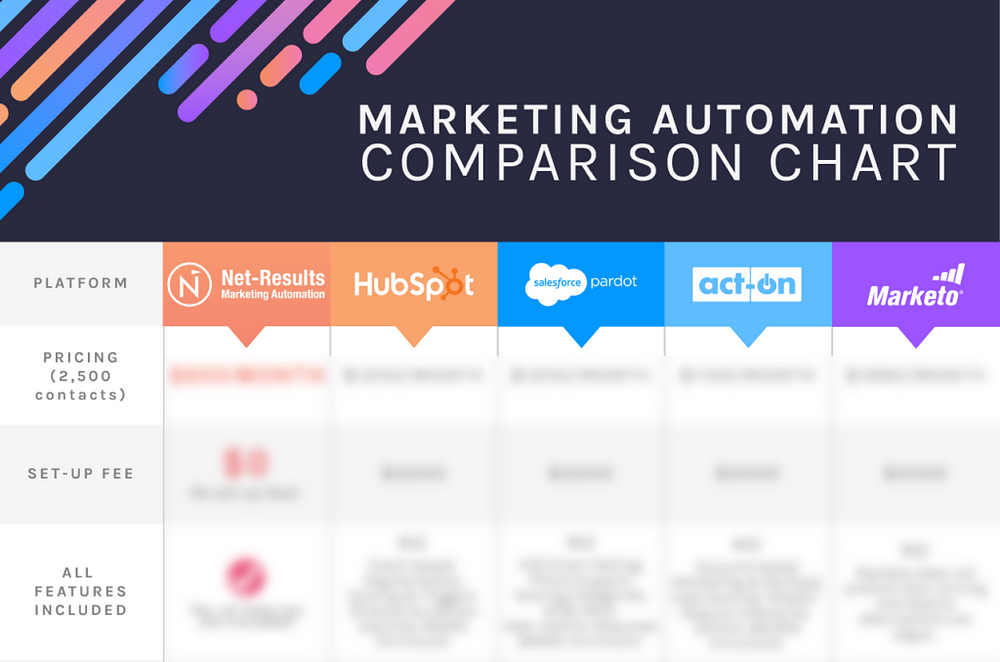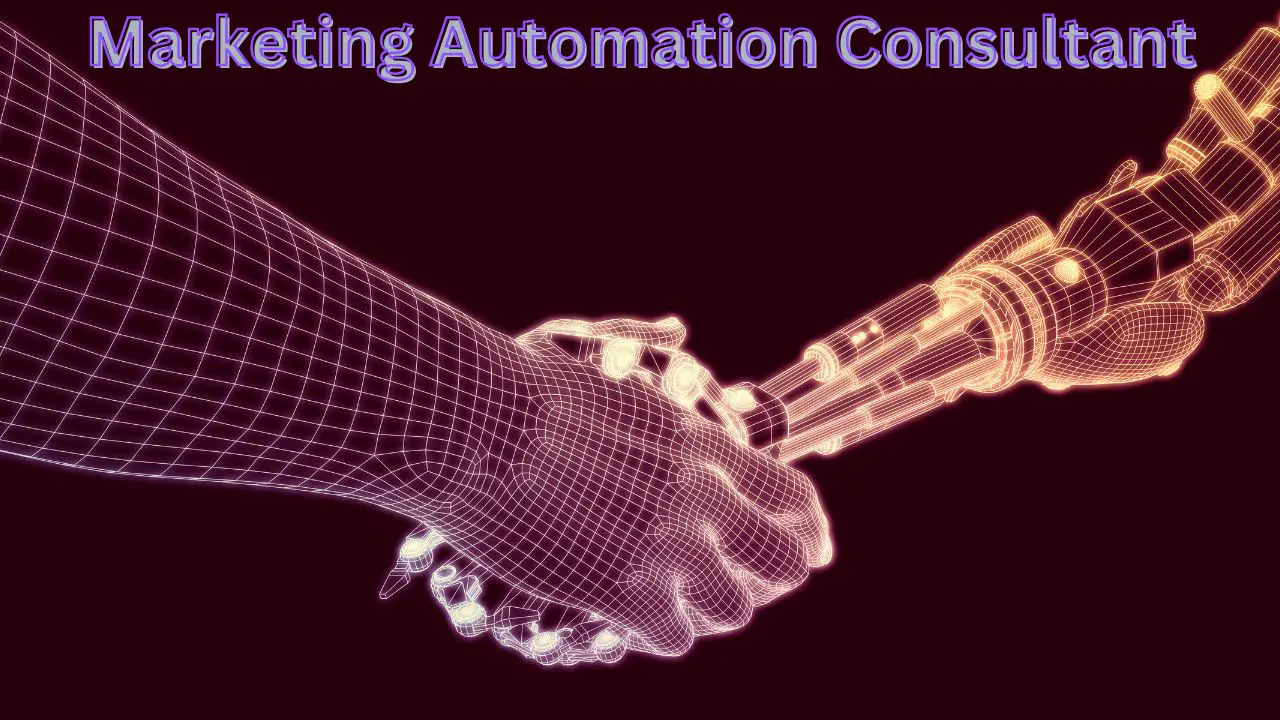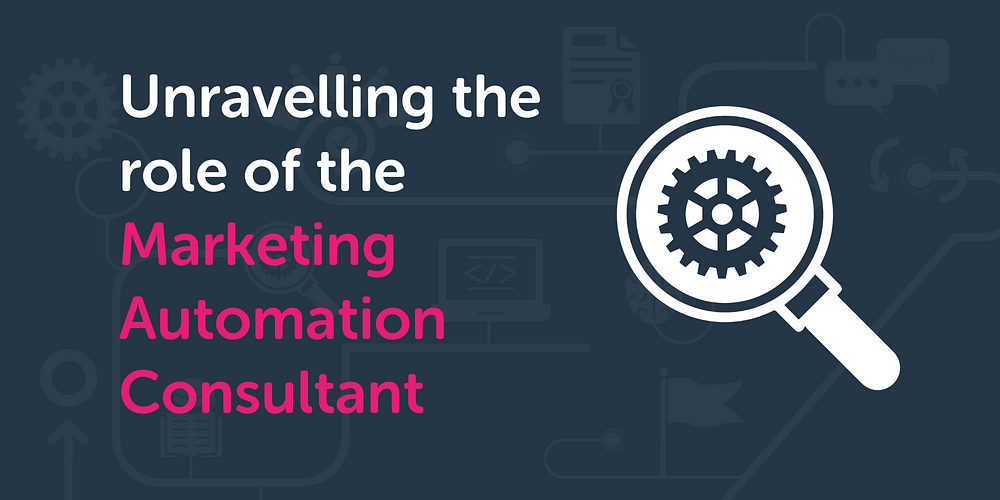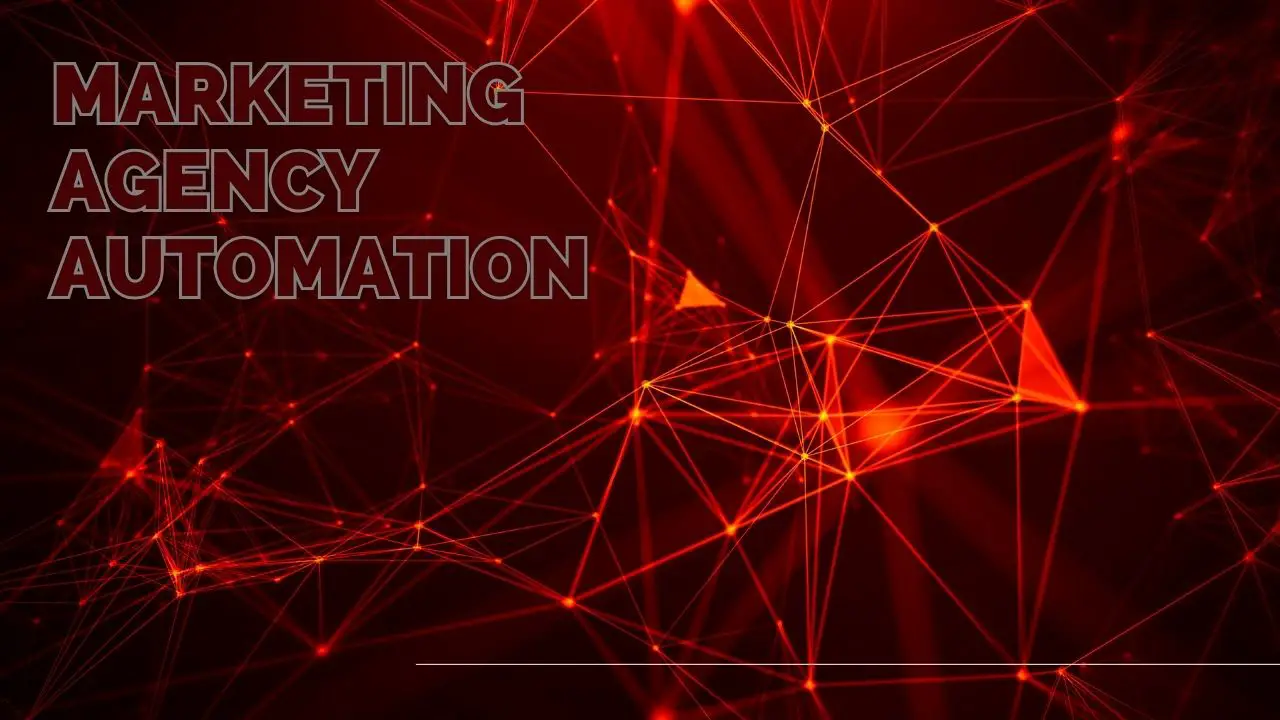App marketing automation streamlines marketing tasks for mobile apps through automated processes. It enhances user engagement and boosts app retention rates.
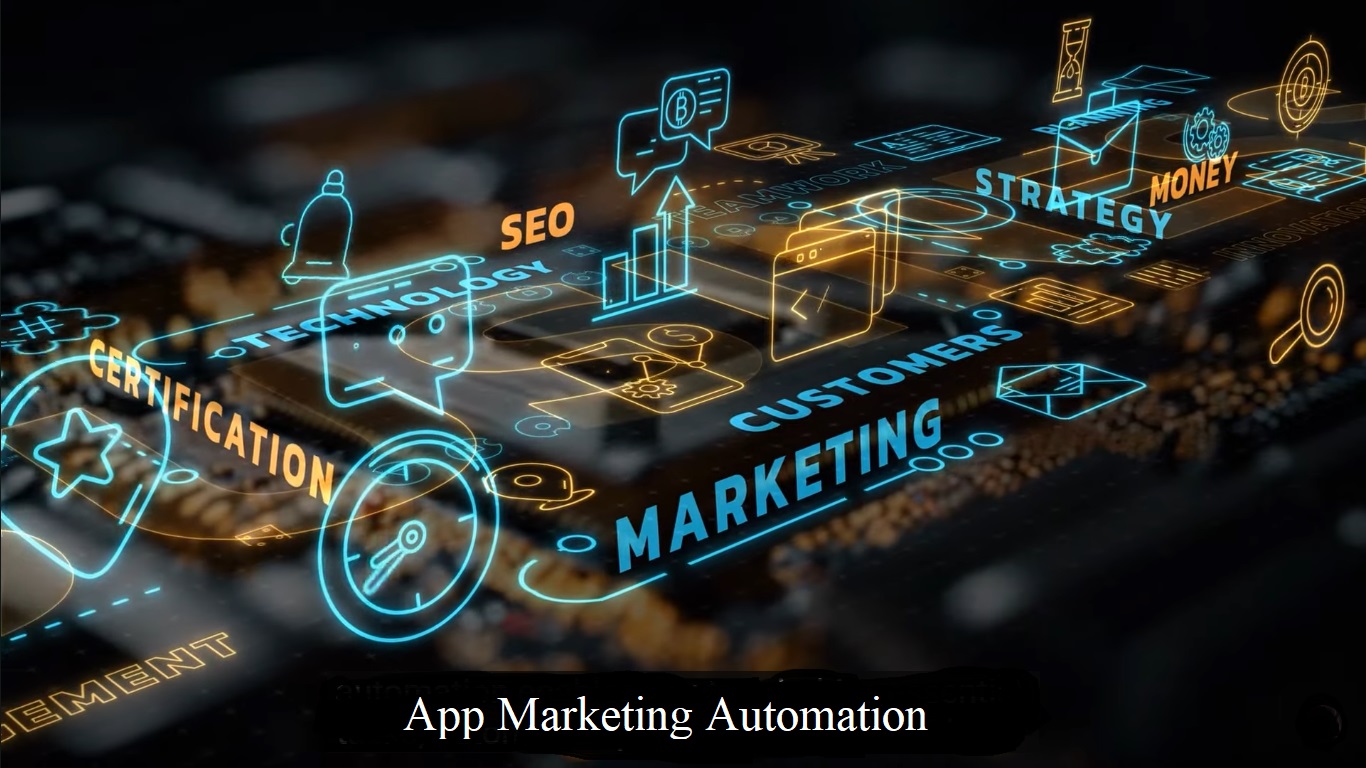
App marketing automation leverages technology to simplify and optimize marketing efforts for mobile apps. Automated campaigns save time and resources by targeting users with personalized messages, push notifications, and in-app messages. This approach improves user retention and increases app engagement by delivering timely and relevant content.
Businesses can analyze user behavior and segment audiences for more effective marketing strategies. Additionally, automation tools provide valuable insights into campaign performance, helping marketers refine their approaches. By integrating app marketing automation, businesses can achieve better results with less manual effort, ultimately driving app growth and success.
Introduction To App Marketing Automation
App Marketing Automation is a powerful tool for app developers and marketers. It streamlines the marketing process, increases efficiency, and enhances user engagement. This blog post will delve into the basics of App Marketing Automation and its significance.
What Is Marketing Automation?
Marketing Automation refers to the use of software to automate marketing tasks. These tasks include email campaigns, social media posting, and ad management. This technology helps in managing marketing processes and campaigns across multiple channels automatically. It saves time and ensures consistency.
In simple terms, marketing automation simplifies repetitive tasks. It allows marketers to focus on strategy and creativity. By automating routine tasks, businesses can reach their audience more effectively.
Importance In App Marketing
App Marketing Automation is crucial for app developers and marketers. It helps in reaching the right audience at the right time. Here are some key reasons why it’s important:
- Personalization: Tailor messages to individual users based on their behaviour.
- Efficiency: Automate repetitive tasks, saving time and resources.
- Consistency: Ensure consistent communication across all channels.
- Data-driven decisions: Use analytics to improve marketing strategies.
Consider an app developer who wants to promote a new feature. Using marketing automation, they can send personalized messages to users who are likely interested. This increases the chances of engagement and conversion.
In the competitive world of app marketing, automation provides a significant edge. It allows for more targeted, efficient, and effective marketing strategies.
Key Features Of Marketing Automation Tools
App marketing automation tools streamline your marketing tasks. These tools save time and enhance efficiency. Understanding their key features can help maximize their potential. Here’s a look at the essential features:
Personalization
Personalization is a crucial feature. It tailors content to individual users. This makes users feel valued and increases engagement.
- Custom messages for different users
- Dynamic content based on user behavior
- Personalized recommendations
Effective personalization can boost user retention and satisfaction. It turns casual users into loyal customers.
Segmentation
Segmentation divides users into smaller groups. This allows for targeted marketing. Each group receives relevant content.
- Groups based on demographics
- Behavioral segments
- Custom segments for specific needs
Segmentation helps in delivering precise messages. It increases the chances of a positive response.
Multi-channel Campaigns
Multi-Channel Campaigns reach users across various platforms. They ensure a consistent brand message everywhere.
- Email marketing
- Social media campaigns
- In-app notifications
Running multi-channel campaigns widens your reach. It ensures you don’t miss any engagement opportunities.
Here is a simple table summarizing these features:
Feature Description Benefit Personalization Tailors content to individual users Increases engagement and retention Segmentation Divides users into targeted groups Delivers relevant content effectively Multi-Channel Campaigns Uses various platforms for outreach Wider reach and consistent messaging
Choosing The Right Automation Platform
Selecting the ideal app marketing automation platform is crucial for success. The right platform can streamline your marketing efforts. It can boost your app’s visibility and user engagement. Below, we’ll guide you through the key factors and top platforms to consider.
Factors To Consider
When choosing an automation platform, keep these factors in mind:
- Ease of Use: The platform should be user-friendly. Non-technical team members should easily navigate it.
- Integration Capabilities: Ensure it integrates with your existing tools and systems.
- Scalability: The platform should grow with your business. It should handle increased data and users.
- Cost: Consider your budget. Compare the features offered within your price range.
- Customer Support: Reliable support can save time and resolve issues quickly.
Top Platforms To Explore
Here are some top app marketing automation platforms to explore:
Platform Key Features Price Range HubSpot CRM integration, email marketing, analytics Starts at $50/month Marketo Lead management, email campaigns, analytics Contact for pricing ActiveCampaign Email marketing, automation, CRM Starts at $9/month Sendinblue Email marketing, SMS marketing, automation Starts at $25/month Mailchimp Email marketing, landing pages, automation Free and paid plans available
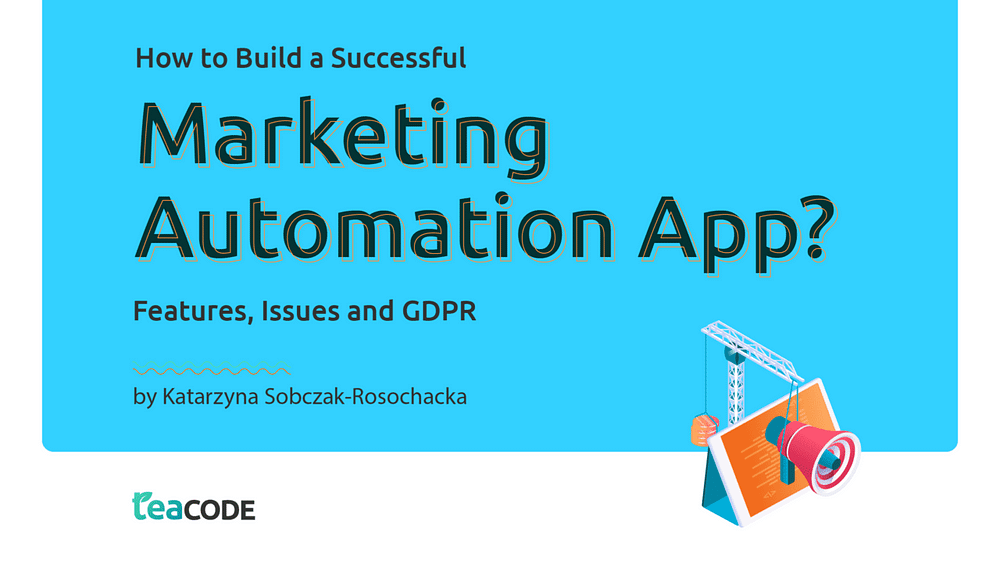
Setting Up Your Automation Strategy
Setting up your app marketing automation strategy is key to success. It ensures your marketing efforts are efficient and effective. To begin, focus on defining clear goals, creating user personas, and mapping user journeys. These steps will help you reach your target audience and maximize engagement.
Defining Goals
Start by defining clear and specific goals for your app marketing automation. Goals should be SMART: Specific, Measurable, Achievable, Relevant, and Time-bound. This helps in tracking progress and measuring success.
- Increase user engagement: Aim to boost active users.
- Boost app downloads: Set a target number of downloads.
- Improve retention rates: Focus on retaining existing users.
- Enhance user experience: Aim to provide a seamless experience.
Creating User Personas
Creating user personas helps in understanding your audience better. A user persona is a fictional representation of your ideal user. It includes demographic details, behaviours, and preferences.
Attribute Details Age 18–35 years Location Urban areas Interests Technology, gaming, fitness Behavior Active on social media, frequent app user
Mapping User Journeys
Mapping user journeys involves outlining the path users take within your app. This helps in identifying key touchpoints and optimizing user experience.
- Onboarding: Ensure a smooth onboarding process.
- Engagement: Identify features that engage users the most.
- Retention: Implement strategies to retain users.
- Conversion: Focus on converting free users to paying customers.
Each journey stage needs tailored content and automation triggers. This ensures users receive relevant messages at the right time.
Creating Effective Automated Campaigns
App marketing automation is essential for reaching and engaging users. Creating effective automated campaigns helps streamline this process. These campaigns can significantly enhance user experience and retention.
Push Notifications
Push notifications are short messages sent directly to users’ devices. They remind users about important updates, offers, or events. Personalized notifications increase user engagement and app usage.
- Send messages at optimal times
- Use engaging content
- Include a clear call to action
Email Marketing
Email marketing remains a powerful tool for app engagement. Automated emails can nurture users through their journey. Segment your audience to send relevant content to the right users.
- Welcome new users with a friendly email
- Send regular updates and offers
- Re-engage inactive users with incentives
In-app Messaging
In-app messaging allows direct communication within the app. These messages can provide real-time support and guide users. Use in-app messages to share tips, updates, and promotions.
Message Type Purpose Welcome Message Greet new users Feature Highlight Showcase new features Promotion Alert Inform about offers
Effective automated campaigns can transform your app marketing strategy. Implement these tips to engage and retain your users.
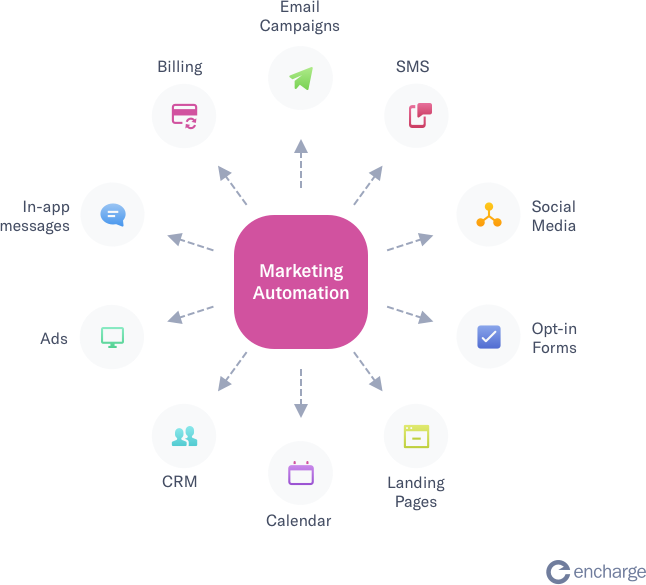
Analyzing And Optimizing Campaigns
App Marketing Automation: Analyzing and Optimizing Campaigns
Running an app marketing campaign is just the first step. To ensure success, you must analyze and optimize your efforts. This process helps you identify what works and what doesn’t. By focusing on key metrics, performing A/B tests, and iterating, you can improve your results.
Key Metrics To Track
Tracking the right metrics is crucial. Here are some key metrics you should monitor:
- Install Rate: Measures the percentage of users who install your app after viewing the ad.
- Retention Rate: Indicates how many users continue using your app over time.
- Lifetime Value (LTV): Shows the total revenue generated by a user during their lifetime.
- Cost Per Install (CPI): Calculates the cost of acquiring a new user through paid campaigns.
- Click-Through Rate (CTR): Measures the number of clicks on your ad divided by the number of impressions.
A/b Testing
A/B testing helps you compare two versions of a campaign. You can test different elements like:
- Ad copy
- Images
- Call-to-action buttons
By running A/B tests, you can determine which version performs better. Use the winning version to improve your campaign.
Iterating For Better Results
Iteration is key to campaign optimization. Follow these steps for better results:
- Analyze the data from your campaigns.
- Identify areas for improvement.
- Make changes based on your findings.
- Test the new version.
- Repeat the process until you achieve your goals.
Continuously iterating ensures your campaigns remain effective and efficient.
Case Studies Of Successful Automation
App marketing automation is a powerful tool. It helps apps thrive in a competitive market. By automating marketing tasks, apps can achieve amazing results. Let’s explore some case studies of successful automation. These stories show the impact of effective automation strategies.
App A Success Story
App A is a fitness app. It used automation to grow its user base. The app faced high competition and needed a breakthrough.
Challenges:
- High user acquisition costs
- Low user engagement
- High churn rates
Automation Strategies Implemented:
- Automated onboarding emails
- Personalized push notifications
- Targeted in-app messages
Results:
Metric Before Automation After Automation User Acquisition Cost $10 per user $7 per user User Engagement 40% 60% Churn Rate 25% 15%
App A saw a significant boost in key metrics. Automation played a crucial role in its success.
App B Success Story
App B is an e-commerce app. It leveraged automation to enhance user experience. The goal was to increase sales and user loyalty.
Challenges:
- Low conversion rates
- High cart abandonment
- Low customer retention
Automation Strategies Implemented:
- Automated abandoned cart emails
- Personalized product recommendations
- Targeted discount offers
Results:
Metric Before Automation After Automation Conversion Rate 2% 5% Cart Abandonment Rate 70% 45% Customer Retention 30% 50%
App B’s automation efforts led to impressive gains. Increased sales and user loyalty were achieved.
Future Trends In App Marketing Automation
App marketing automation is evolving at a rapid pace. New technologies and strategies are shaping the future. Below are some key trends that will dominate app marketing automation in the coming years.
AI and Machine Learning
Artificial Intelligence (AI) and Machine Learning (ML) are transforming app marketing. AI can analyze user data to predict behavior. This helps in creating personalized marketing campaigns. ML algorithms can improve over time, making predictions more accurate. AI-powered chatbots can engage users 24/7. This improves user experience and retention rates.
Predictive Analytics
Predictive analytics is another game-changer in app marketing. It uses historical data to forecast future user actions. This helps in optimizing marketing strategies. Predictive analytics can identify high-value users. Marketers can then focus their efforts on these users. This leads to better ROI and user retention.
Voice And Chatbot Integration
Voice assistants and chatbots are becoming integral to app marketing. Voice search is on the rise. Apps that integrate voice commands will have an edge. Chatbots can provide instant customer support. They can also guide users through app features. This improves user engagement and satisfaction.
Trend Benefit AI and Machine Learning Personalized campaigns, better user engagement Predictive Analytics Optimized strategies, higher ROI Voice and Chatbot Integration Enhanced user experience, instant support
- AI and ML: Improves personalization and engagement.
- Predictive Analytics: Optimizes marketing efforts.
- Voice and Chatbots: Enhances user experience.
/media/f2ed7bedad46309c5fd75ef7c1a2db3e
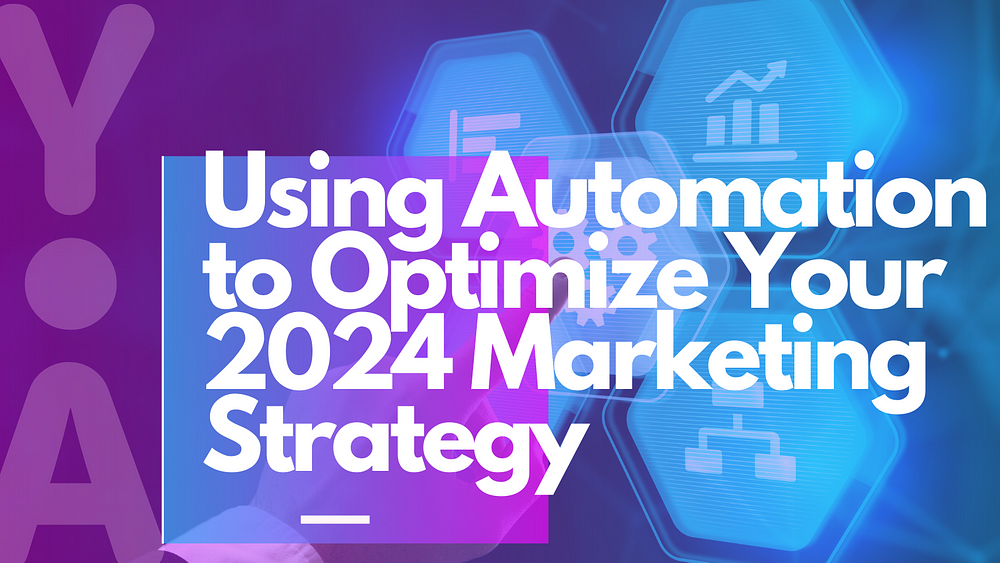
Frequently Asked Questions
What Is App Marketing Automation?
App marketing automation uses tools to streamline marketing tasks for apps. It helps manage campaigns, track performance, and engage users efficiently.
Why Use App Marketing Automation?
App marketing automation saves time and improves efficiency. It helps target users accurately, increases engagement, and boosts app growth.
How Does App Marketing Automation Work?
App marketing automation works by using software to manage and automate repetitive marketing tasks. It includes user segmentation, personalized messaging, and performance tracking.
What Are The Benefits Of App Marketing Automation?
App marketing automation offers numerous benefits. It enhances user engagement, increases retention rates, and provides detailed analytics for better decision-making.
Conclusion
App marketing automation simplifies your marketing efforts. It boosts user engagement, saves time, and increases revenue. Implementing these strategies can lead to significant growth. Stay ahead of the competition by embracing automation tools. Your app’s success depends on smart, efficient marketing tactics.
Start optimizing your app marketing today for better results.

